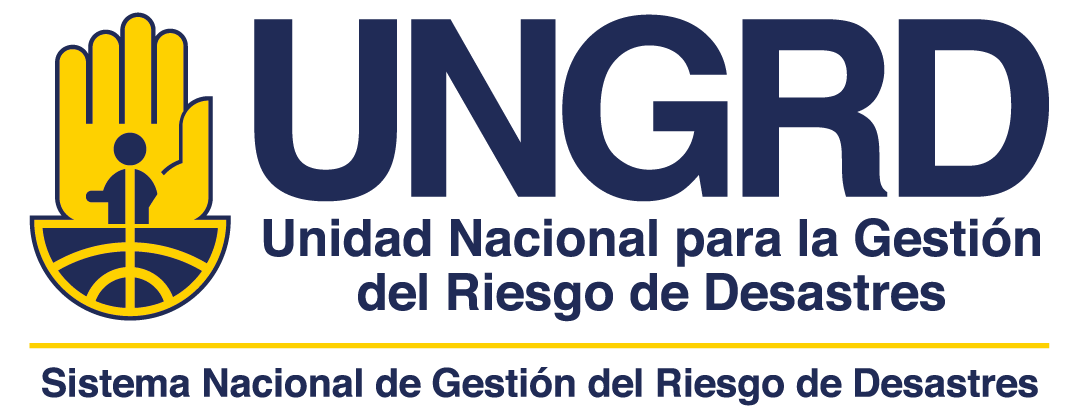Titles alternatives
Principles, tools and practice of urban indicators
Date
2015Publisher
Earthquakes and Megacities Initiative (EMI)
Language
Inglés
Document type (spa)
Informe guía
Collections
- Informes [55]
Metadata
Show full item recordA guide to measuring urban risk resilience
Abstract
Most often local governments and city stakeholders do not have a clear understanding of the urban risk and resilience conditions and trends, which has undermined their ability to understand and manage available risk reduction and risk management options. A successful implementation of Disaster Risk Reduction (DRR) options demands appropriate mechanisms to communicate and transfer the overall knowledge on risk and its underlying drivers to the variousstakeholders involved in the disaster risk management process of a city. In the age multiple layers of data, indicators can play an important role in turning data into relevant information for decision-makers and public officials. In particular, they can help to simplify a complex array of information about natural hazard risk and resilience in the urban environment and contribute to improved disaster risk management and policy development.The Guidebook describes three urban risk indicator systems which have been developed as complementary tools to communicate risk and promote discussion around appropriate local level risk and resilience strategies at city level: the Urban Disaster Risk Index (UDRi), the Risk Management Index (RMI) and the Disaster Resilience Index (DRI). In the last decade (2004-2014) these urban indicator systems have been implemented and tested with city stakeholders in 16 city applications around the world. Some of them have been made in Asia by the Earthquake and Megacities Initiative (EMI) and the Karlsruhe Institute of Technology (KIT) (Mattingly et al., 2006, Khazai et al., 2008, Khazai et al., 2009, Khazai and Bendimerad, 2011, EMI, 2012, Bendimerad et al., 2013, EMI, 2014, and Khazai et al., 2015) others have been conducted in the Americas and Europe by the National University of Colombia (UNC/IDEA) at Manizales (IDEA, 2005, Cardona 2006, Suárez and Cardona 2007, Suárez 2008) and by the International Center for Numerical Methods in Engineering (CIMNE) of the Technical University of Catalonia in Barcelona (Marulanda et al., 2013, Salgado-Gálvez et al., 2014a, Cardona et al., 2014, Carreño et al., 2014b). The authors present their collective experience and findings in the application of the indicator systems in these applications in this Guidebook. Overall, the objective of the indicator systems and the way that they were applied is to help enhance ownership within city stakeholders with the aim to assist in disaster risk management policy development, decision-making, and monitoring effectiveness of specific DRR options adopted.In this Guidebook we present the theory, development and application of the urban risk and resilience indicatory systems. This Guidebook is structured in three main sections. We will first provide brief overview of the theory and principles of each of the three urban indicator systems. Then we present a step-by-step guide to the application of the indicator methods and. This is followed by an overview of software tools developed by the Global Earthquake Model (GEM) and the Comprehensive Approach to Probabilistic Risk Assessment (CAPRA) initiatives for implementing some of the indicator systems presented here. Finally, the practice in the collaborative development and application of the indicator systems is reviewed through the experience in 6 Case Studies carried out in the last decade (2004-2014).



